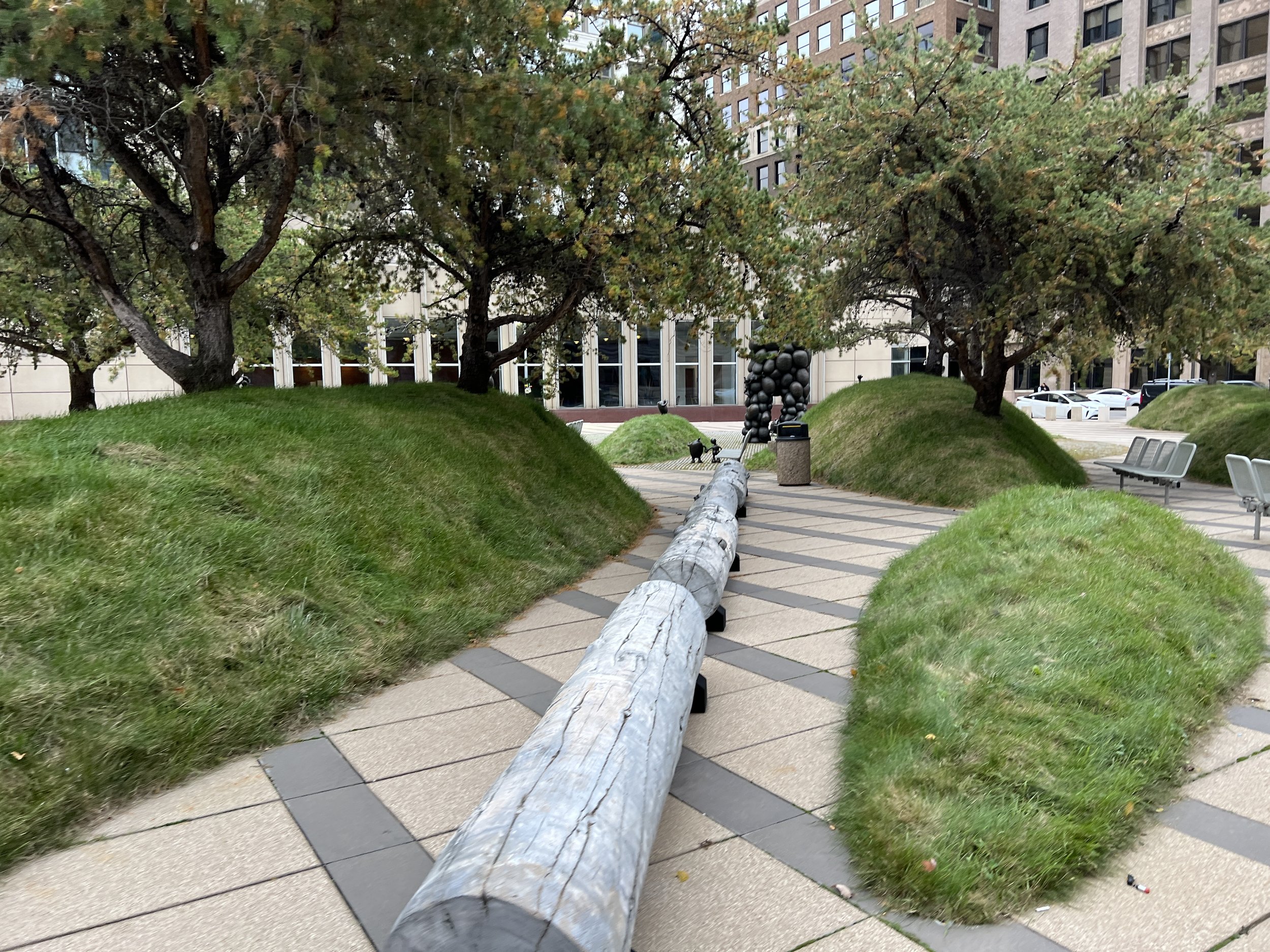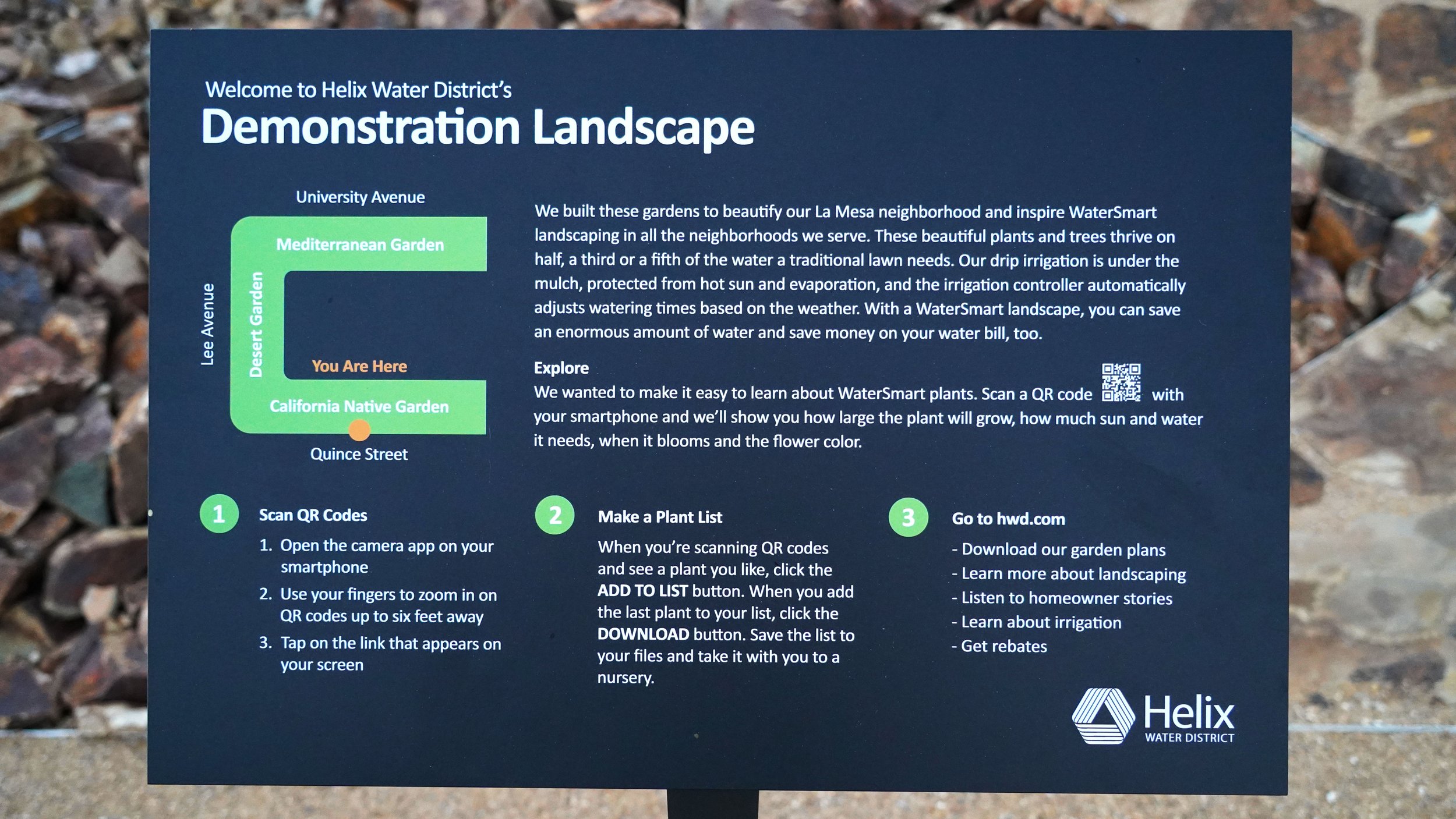Exploring Diversity, Equity & Sustainable Design at the ASLA National Conference
Minneapolis, Minnesota
The American Society of Landscape Architects (ASLA) Conference on Landscape Architecture is an eagerly anticipated event that many students and professionals look forward to every year. It’s an opportunity to reconnect with old acquaintances, student cohort groups, and coworkers. It’s a special time and place set aside for professional growth, inspiration, and exposure. This year’s conference in Minneapolis placed a strong emphasis on diversity, inclusion, representation, and practical application. It was my great fortune to attend this year alongside David and Catherine McCullough, as well as one of our Junior Associates, Adis Tutusic. Below are a few take-aways from the various presentations I attended.
Taking a Critical Lens to Urban Planting
Minneapolis, Minnesota
Speakers Gentry K. Lock, Claudia West, and Nancy Prince dove into the critical lens of urban planting. An important consideration which any design professional needs to study when approaching a project from a sustainable point of view is how they intend to ensure the continued viability of the planting material. Very often we idealize the context and environment within which we perform our work and make decisions based on our ‘sense’ of the place instead of factual conditions. We imagine that the conditions are, or will remain, ideally suited to our preconceived notions of what a planting scheme should be. Very often we overlook the required infrastructure and forethought necessary to ensure the continued success of our landscapes. This session sought to demonstrate ways in which others have thought about this issue and have attempted to address the design of infrastructure in a way that would ensure landscapes within harsh and everyday contexts would continue to look beautiful, while evoking the qualities initially intended.
Learning with the Land
Speakers Brad Howe, Ann M. Fraioli, and Jasmine Stokes focused on developing a curriculum to engage students in fostering social resilience and urban ecology through landscape architecture. As landscape architects, we establish spaces that seek to serve the community at large. However, the everyday person’s experience of that landscape tends to be very superficial. They experience the landscape, not the narrative. While users establish their own memories of the place, the design intent behind many of the decisions that went into the place-making process cannot be easily deciphered. Establishing a curriculum to engage local school children in landscape architecture and the design process goes well beyond creating a place that ‘looks good’; instead establishing a place that becomes a living laboratory and classroom. This approach inspires young people to learn about places and spaces around them, while also encouraging them to become stewards and protectors of the environment.
Reimagining the Master Plan
Speakers Megan Born, Kristina Bigby, and Jenn Low masterfully exposed, critiqued, and demonstrated responsible replies to a topic that is critically important to the work that landscape architects do, which is the so-called ‘Master Plan’. We find ourselves today in a different cultural milieu than our predecessors after the deeply sobering Covid pandemic, and the shockingly real and impactful tragedies that sparked the Black Lives Matter movement. In this, our United States or America, it becomes ever important to see our work within its historical and cultural context. We can begin this by asking ourselves what it means to develop a ‘Master Plan’. Whose vision does the master plan serve, and why? Who is entitled to develop a master plan, and what considerations are they obligated to entertain? Are master plans supposed to be idealized expressions of individualistic capitalism at play, or are they meant to be how we ensure equitable access to resources and success in a world dominated by self-aggrandizing?
As landscape architects hired to develop such master plans, we need to be fully conscious of all those impacted by our designs. We need to be conscious of the delicate balance between natural and cultural resources alongside challenges. Social media has been both a positive and negative tool in our most recent cultural affairs, and landscape architects need to find a way to use it for the aspirational attainment of justice, equity, diversity, and inclusion.
Ultimately, our jobs as designers should be to develop new and innovative ways to engage the community to create spaces that matter to them, while moving away from traditional models that place ourselves and our opinions on pedestals of privilege that unfairly disadvantage or ignore those whose voices and opinions are quite as valid as our own.
Cultivating Climate Justice
Speakers Grant Fahlgren, Michelle J. Delk, and Kelty M. McKinnon addressed a portion of our nation that is seldom seen or engaged for who they are, Indigenous Native Americans. In alignment with our aspirations as landscape architects is the untapped engagement of indigenous communities in the design process. While resolutions such as reparations are unlikely to occur, we as designers can engage indigenous knowledge and to uncover the coded narratives of those whose ancestors occupied the lands we intend to develop. Their shared knowledge carried across multiple generations, and across multiple nation groups provide a collective understanding of what it means to define a place. Native peoples have observed, engaged, and improved upon the landscapes we now occupy. Such placed-based knowledge helps Native American groups reestablish their authority as stewards of the environment. However, we should not imagine that such pursuits are the de facto role Native American communities seek to fill.
Native landscapes are not native peoples, which is why asking questions and truly listening to the needs of the indigenous community is the first step for landscape architects to begin to engage such a widespread and sensitive topic. It’s important to remember Native American ‘tribes’ are sovereign nations in the United States and we as professionals need to engage them with the same level of respect afforded to any such recognized body.
Unraveling Urban Myths
Speakers Ashley Ludwig, Amanda Craig, and Lynn Brown discussed strategies for building community investment in rural America. The pursuit of such an endeavor inevitably reveals the deep diversity and cultural richness of rural America. Whether native or not, rural communities are often held in the minds of designers as synonymous with portrayals in media such as movies, television, and novels. However, several rural myths are inaccurate mis-portrayals that can derail any honest attempt at place making and community engagement.
To begin, rural communities are not homogenous. Instead, rural America is home to millions of first- and second-generation immigrant families, as well as Native Americans.
Secondly, they do not have unlimited access to food or nature, which one would suppose is easily attainable where farmlands or forests exist. Many such amenities are privately owned and are reserved as exports or for pay-to-play tourism.
Nor do they have immediate access to global information or reliable transportation, which to those living in large cities seems to be a given part of daily life in the 21st century. Thus, design solutions to development proposals need to prioritize the implementation of engaging, safe, and accessible spaces through community understanding and participation.
Relationship building starts by hiring locally, attending existing events, and perhaps sponsoring others. Community members of all ages should be sought for their understanding of what makes their town, county, city, or state unique to them. When they engage in the community in this way, landscape architects can propose solutions within the network of existing maintenance infrastructure, as well as within the means of economic districts and existing budgets.
Rural America is a manuscript with a rich and varied history to draw far from, however, landscape architects can only hope to uncover such locally defining solutions when the community itself is engaged in an equitable relationship with us, developers, city agencies, and other stakeholder groups.
Landscape Architecture: A catalyst for Positive Social Change
The annual ASLA Conference not only provides a platform for professional connection but also showcases the industry's commitment to diversity, sustainability, and community engagement. This year’s focus on equity and engagement with underserved or marginalized communities underscore the importance of critical thinking in design and the potential for landscape architecture to serve as a catalyst for positive social change in the United States and abroad. Therefore, I ask you, dear reader, to challenge yourself to find the unheard voice in your next endeavor and amplify it to the benefit of those it represents and the vision of the project.











Written by Zeek Magallanes, MLA, ASLA
Studio Team Leader
With a master’s in landscape architecture and urbanism from USC and 10 years of experience in the field, Zeek brings a reliable history of leadership and accountability to the projects he works on and is passionate about the intersection of urbanism, social and environmental resiliency, and the business of design.


































